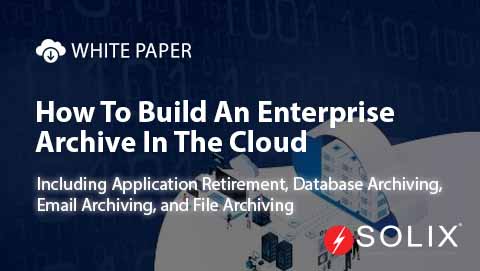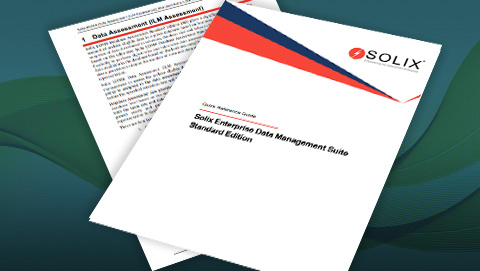Model Serving
What is Model Serving?
Model serving refers to the process of making machine learning (ML) models available for use in real-world applications. It involves deploying trained models in a way that allows them to receive input data, perform inference, and deliver output predictions to end users or systems. This is a crucial step in operationalizing ML models, ensuring they can be accessed and utilized in production environments.
Key Components
- Model Deployment
The act of integrating a trained model into a production environment where it can start serving predictions. This involves setting up the necessary infrastructure and ensuring the model can handle real-time or batch requests.
- Inference
The process by which a deployed model processes new input data and generates predictions. This can be done in real-time (online inference) or on a scheduled basis (batch inference).
- APIs (Application Programming Interfaces)
Interfaces that enable different software systems to communicate with the model. APIs allow applications to send data to the model and receive predictions in return.
- Scalability
The ability of the model serving system to handle varying loads, from a few requests per second to thousands. This often involves leveraging cloud infrastructure, load balancing, and auto-scaling capabilities.
- Monitoring and Logging
Continuous tracking of the model’s performance, resource usage, and errors in production. Monitoring helps in identifying issues, ensuring reliability, and maintaining the model’s accuracy over time.
- Versioning
Managing different versions of a model to ensure that updates and changes can be tracked, tested, and rolled back if necessary. This is crucial for maintaining consistency and reproducibility in production environments.
Types of Model Serving
There are primarily 3 types of model serving
- Online Serving
Provides immediate predictions for each individual request. This is suitable for applications requiring real-time responses, such as recommendation systems, fraud detection, or conversational agents.
- Batch Serving
Processes a large number of predictions at once, typically on a scheduled basis. This is useful for applications like data analysis, reporting, and bulk processing tasks.
- Hybrid Serving
Combines elements of both online and batch serving to meet the specific needs of an application, offering both real-time and scheduled processing capabilities.
Popular Model Serving Tools
- TensorFlow Serving
A flexible, high-performance serving system for machine learning models designed for production environments.
- TorchServe
An open-source model serving framework for PyTorch models, offering features like multi-model serving, logging, metrics, and RESTful endpoints.
- Seldon Core
A Kubernetes-native platform that helps deploy, scale, and manage thousands of machine learning models on Kubernetes.
- MLflow
An open-source platform for managing the ML lifecycle, including experimentation, reproducibility, and deployment.
Challenges in Model Serving
Here are a few common challenges that may arise during model serving
- Latency
Ensuring low latency for real-time predictions, especially in applications requiring immediate responses.
- Scalability
Managing the system’s ability to scale seamlessly with the growing number of requests and data volume.
- Model Drift
Addressing the degradation of model performance over time as the data distribution changes.
- Resource Management
Efficiently allocating and managing computational resources to balance cost and performance.
- Security
Ensuring that the model and data are protected against unauthorized access and potential attacks.
Use Cases of Model Serving
Here are some popular use cases associated with model serving:
- E-commerce and Retail
Online retailers use model serving to provide personalized product recommendations to users in real-time, enhancing user experience and increasing sales.
- Finance and Banking
Financial institutions deploy models to detect fraudulent transactions as they occur, helping to prevent financial losses and enhance security.
- Healthcare
Machine learning models assist in diagnosing diseases from medical images, lab results, or patient data, providing real-time support to healthcare professionals.
- Transportation and Logistics
Logistics companies deploy models to determine the most efficient routes for delivery, reducing costs and improving service delivery times.
Model serving is a critical phase in the lifecycle of machine learning models, bridging the gap between model development and real-world application. By effectively deploying and managing models in production, organizations can leverage the full potential of their ML investments, delivering intelligent, data-driven solutions at scale.





